VR at IAAPA 2022
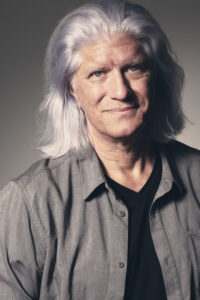
The Tech Offers a Value Proposition Distinct From Other Games
by Bob Cooney
IAAPA Orlando 2022 showcased the best display of virtual reality games and attractions yet. The VR marketplace exhibited some maturity and consolidation. More major amusement factories like SEGA joined the fray in 2022, and some, like LAI Games and Raw Thrills, showed previews of their second VR products.
But there were two seismic developments at IAAPA that will change the landscape for operators for the next decade. And both featured the new HTC VIVE Focus 3 headset.
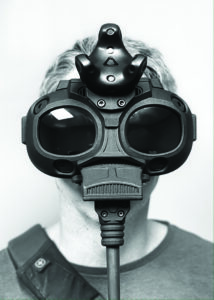
The VIVE Focus 3 has emerged as the new standard for VR headsets in the amusement industry. It’s reliable, comfortable, and easy to use for customers and operators. Its inherent flexibility means it can be used in almost any application: arcade cabinets, all-in-one games, and even high-end PC-based VR systems like Zero Latency. More than 10 companies featured it on their stands at IAAPA this past November.
Farewell to Cable Failures
The first shakeup is for arcade cabinets. 2023 could be the year we say goodbye to the cable issues that are plaguing operators. Most operators I speak to replace the cables on their VR arcade cabinets once every month or two. With supply chain disruptions, and FECs struggling to hire technicians, this is an existential problem for virtual reality arcade games.
The problem with VR headsets has been they require an HDMI cable. It’s the same cable that you use to connect your TV to whatever receivers you’re using. Each one contains 19 hair-thin wires. It takes breaking only one fragile wire for the headset to become inoperable. HDMI cables are designed for static applications, like inside your wall behind the TV. They’re not designed to be twisted, bent, or hung on like a backyard swing set.
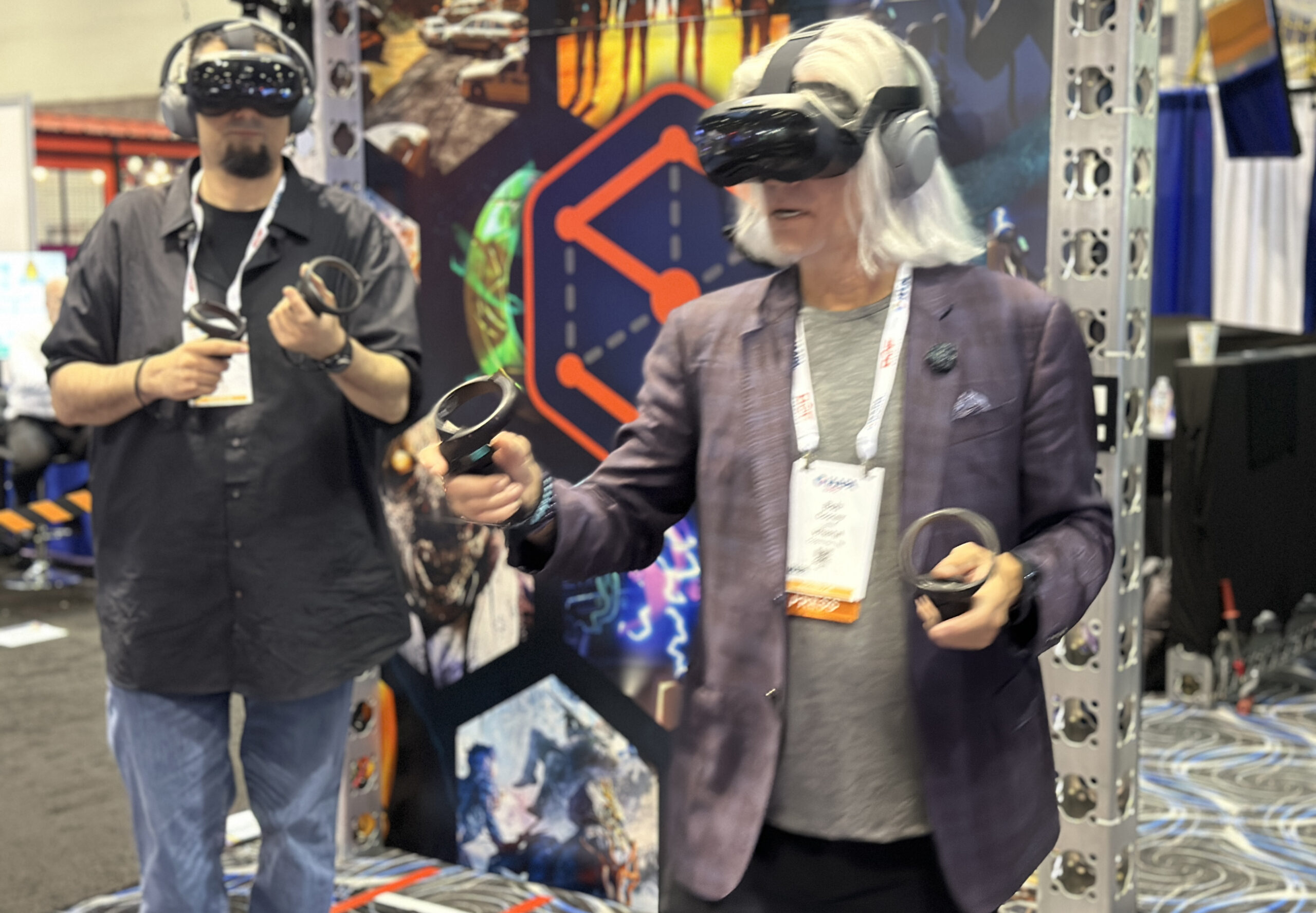
Working with HTC, VRsenal showed two new games featuring fully armored VIVE Focus 3 headsets sporting a new cable system. They’ve replaced the HDMI cable with a 4-wire, rugged cable working in conjunction with a series of custom circuit boards embedded in the computer and headset. It’s the same cable they used for their Beat Saber controllers. With years of data across hundreds of locations, their experience makes them confident enough to offer a 2-year replacement guarantee on the cable – an industry first.
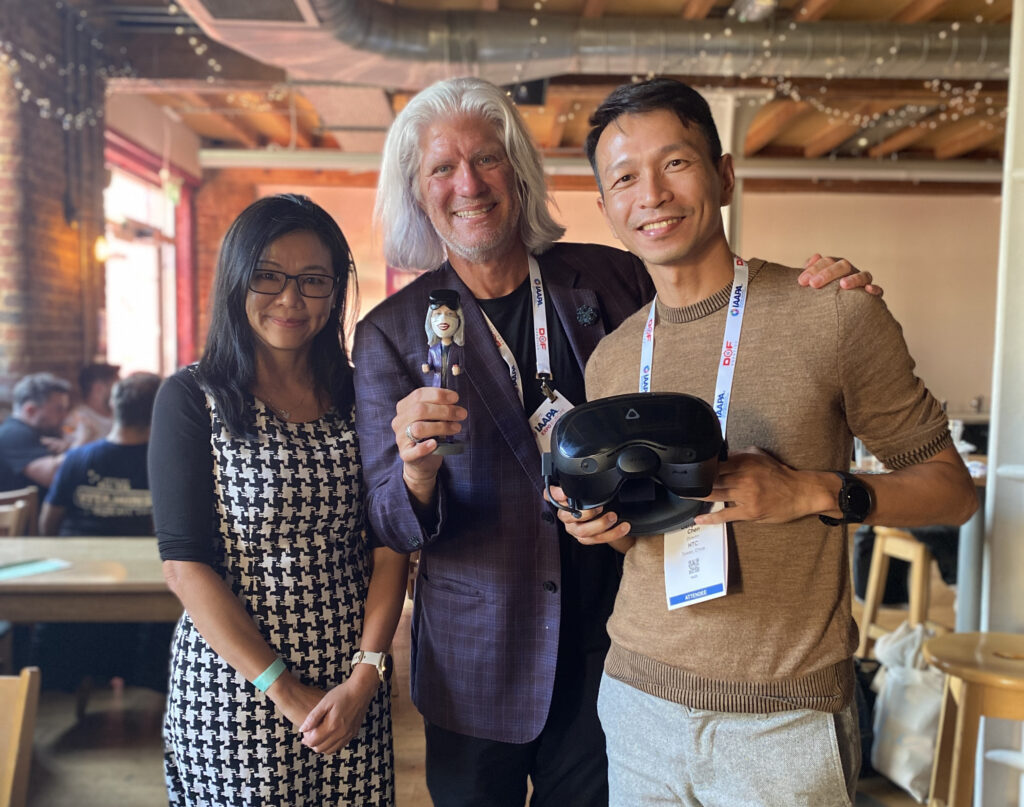
Word is they’ll be working with other arcade manufacturers so they can integrate this system into their cabinets. They’re also looking at a conversion program for operators of existing VR arcade systems, both VRsenal’s and others.
Even if other manufacturers don’t adopt the VRsenal system, the realization that it’s possible for headset cables to last more than a year will force other manufacturers to respond. And that’s good for operators.
Goodbye to Backpacks
Free roam VR is where players get to move freely around a large space, ranging from 600 to 5,000 square feet. The freedom to roam came at a cost: players wore heavy backpack computers with short-life batteries and, wait for it, more cables. It was like a laser tag pack, but 3x as heavy and 5x as expensive. These systems also required expensive tracking systems, bringing the cost of a free-roam VR system to more than a quarter million dollars.
Announced in 2021, the VIVE Focus 3 sent shockwaves through the VR ecosystem. Capable of 5K visuals with a 120-degree field of view with a removable battery and WIFI 6E built in, it promised streaming the highest quality VR video wirelessly to dozens of headsets.
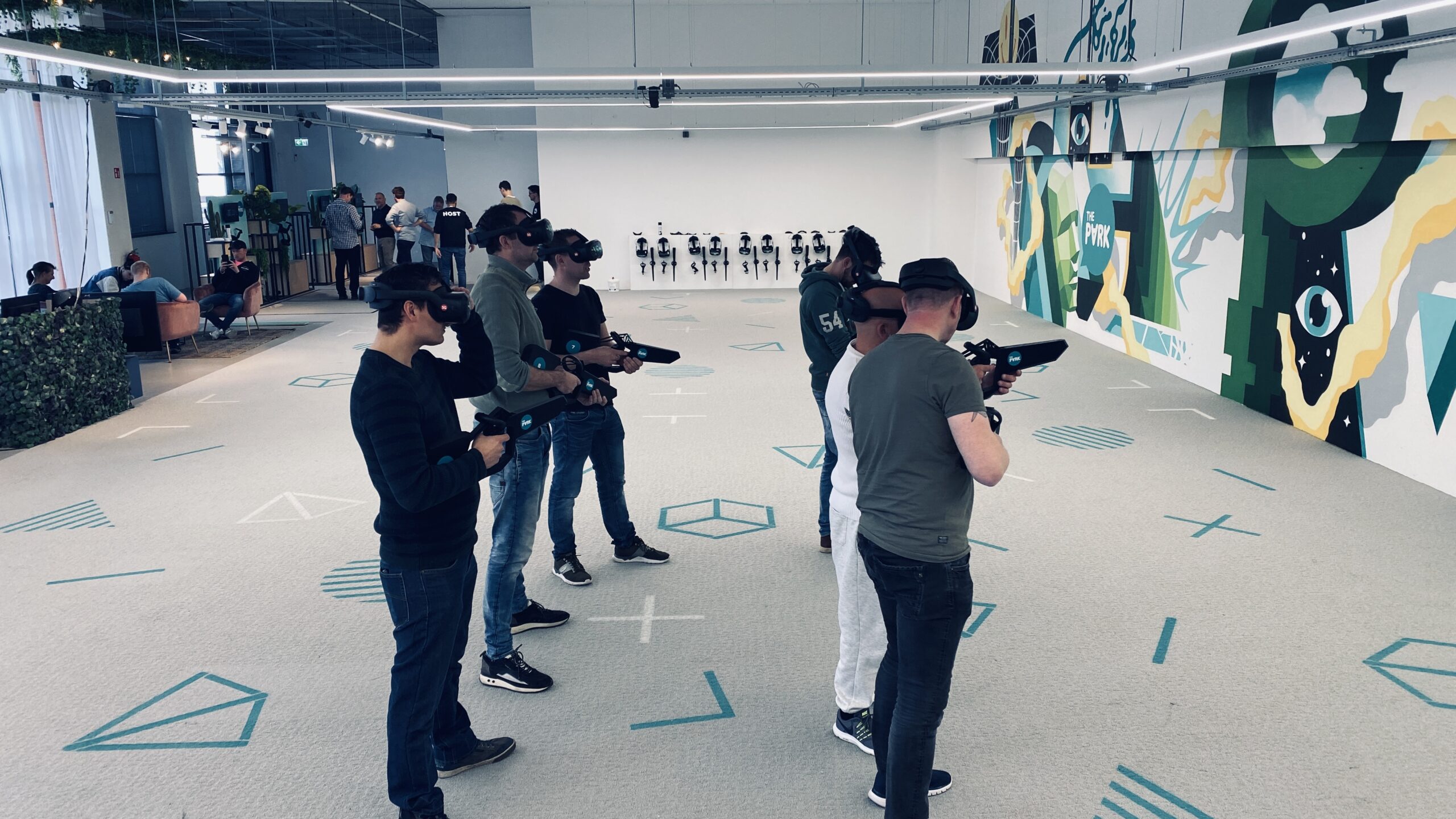
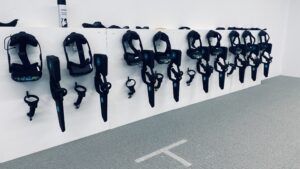
I previewed the wireless implementation in December 2021 in Belgium. The Park Playground was testing WIFI streaming at one of their locations hoping to eliminate backpacks. I was impressed with how smooth the video was. There were a few hiccups, but this was an early test and for the most part, the visuals were crisp, and the response times were instant.
In May 2022, free roam pioneer Zero Latency announced they were ditching their backpacks for the Focus 3 and WIFI 6E streaming. I was able to try it in Reading England at Meetspace VR in August of last year and it performed flawlessly.
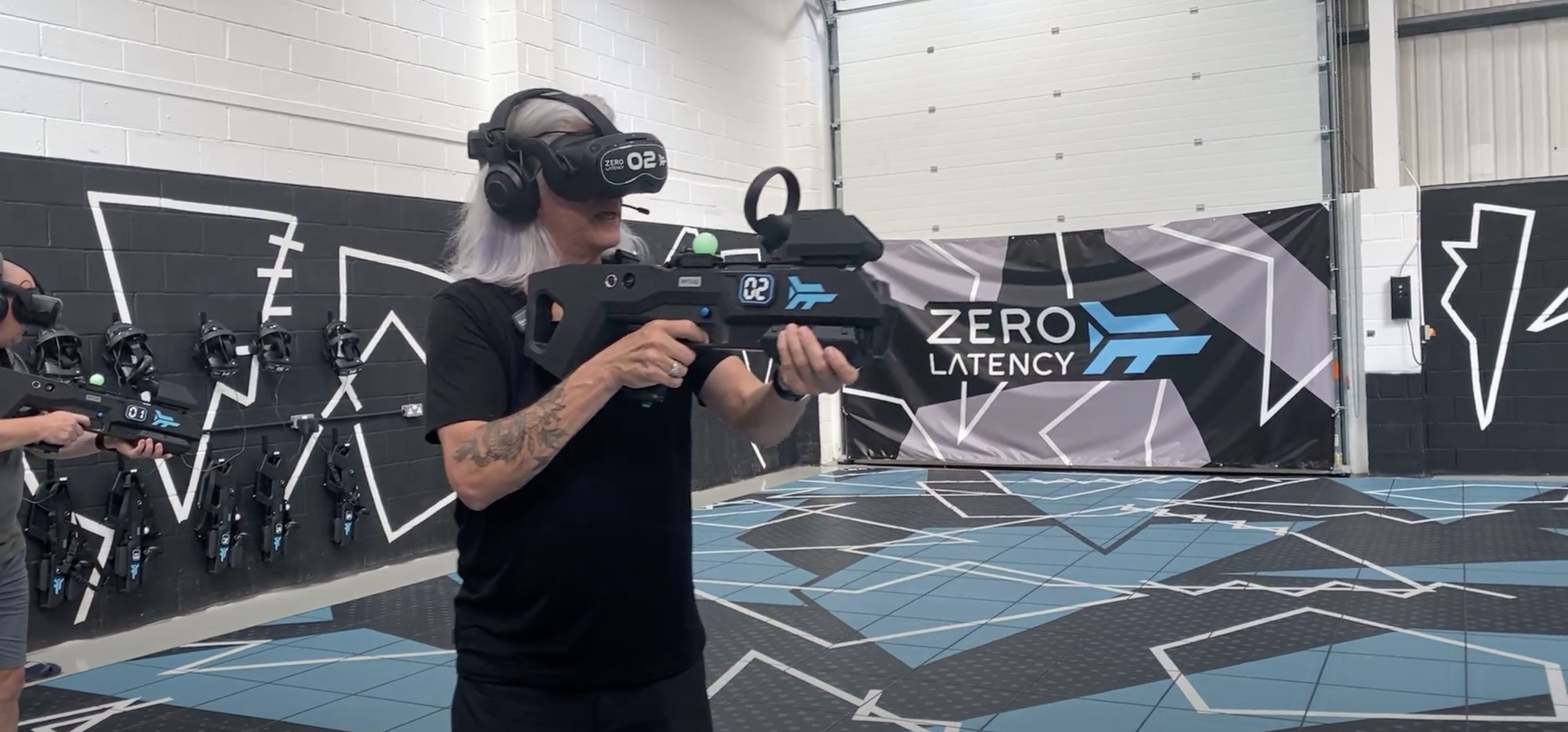
While neither of these companies exhibited at IAAPA Orlando, there were plenty of opportunities for operators to try the Focus 3. Some games used WIFI 6E streaming, like Springboard VR and Vertigo Games for their new AAA horror shooter After the Fall, and the new Tower Tag Arena from Hologate. These systems use high-end gaming PCs to render the visuals so players experience the most realistic environments possible with today’s technology.
These systems are more complex and costly. You need a computer for each headset, and a commercial WIFI hotspot for each two players. If you’re not comfortable with tech, you might be better off opting for one of the more compact, affordable solutions running games natively on the headset.
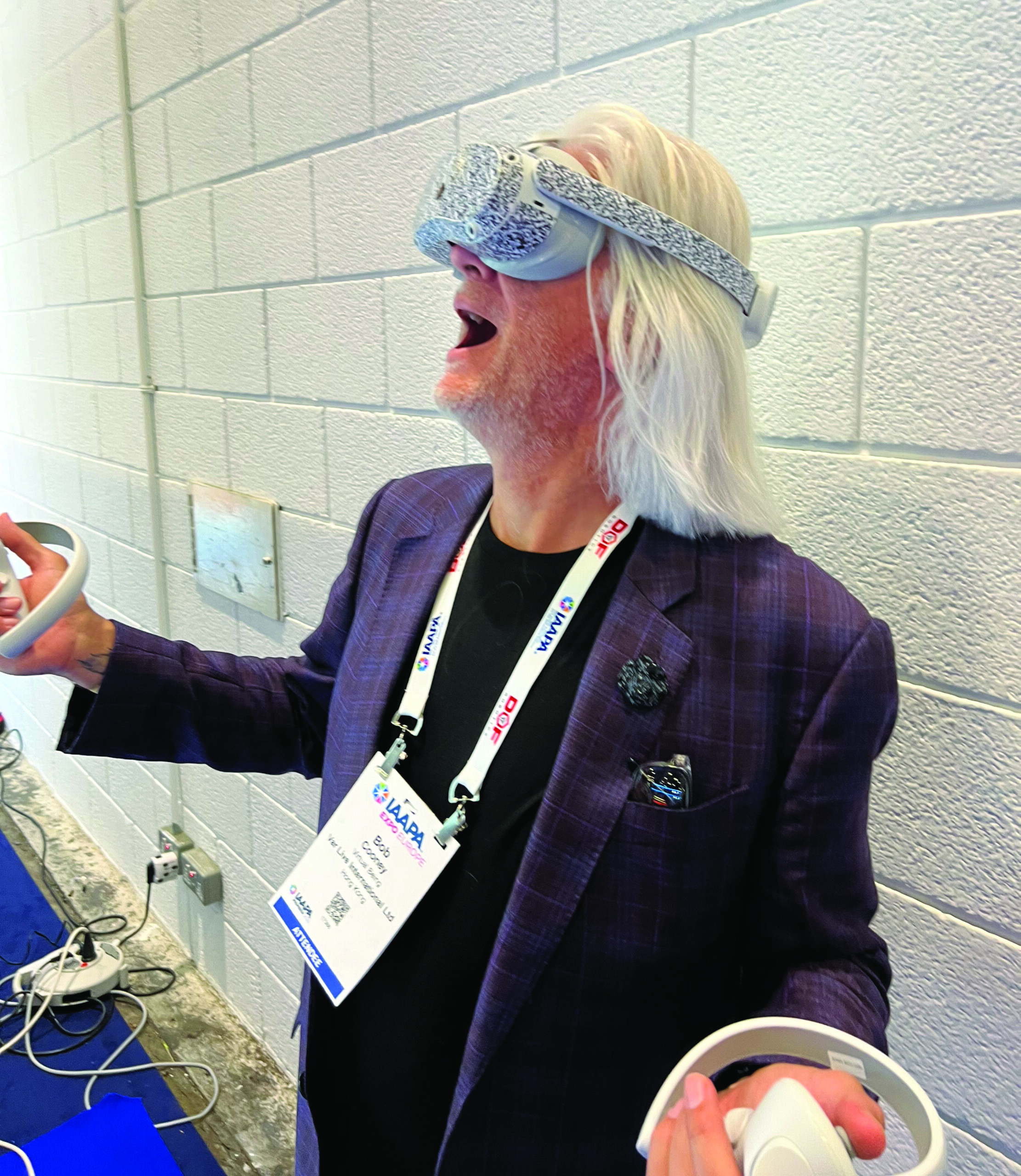
Compact Free Roam
The hottest growth segment of virtual reality is compact free-roam solutions. They range from 600 to 1,000 square feet and can handle from 4 to 10 players at a time. These systems feature games that run natively on the headset with no complex streaming infrastructure required. All you need are the headsets, a modestly powered computer, a normal WIFI router and a playing area with visual markings for the tracking cameras in the headsets.
These systems rely on the onboard processor of the headset as the primary computer. The VIVE Focus 3 runs on the Qualcomm Snapdragon XR2 system on a chip (SoC). The XR2 is the most recent SoC designed exclusively for virtual reality headsets and is the same chip in the Quest 2, Quest Pro, and the Pico 4. It handles visuals, computing, and tracking. While the visuals don’t rival what you can get out of a high-end gaming PC, the experience is still amazing.
The leader in the compact free-roam space is another Belgium company called Hero Zone. They operate in over 180 locations in 18 countries. Phenomena, out of Canada, offers its VR Esports Arena in about 60 locations. Spree Interactive from Germany, the free roam provider focusing on kids age 6-12, is shifting to the Focus 3 headset this year. They are already in dozens of Urban Air locations among others.
These systems all offer multiple games. Hero Zone has the most flexible licensing model, offering pay-per-play, monthly and annual licensing with no long-term commitments. Spree has the best library for kids under 10 and has the highest throughput. Spree games are only 3-minutes long, so operators can run over 100 kids per hour through the system.
VR Laser Tag
In 1993, Edison Brothers installed Virtuality VR and Laser Storm in the same location at Navy Pier in Chicago. I sat back and wondered when virtual reality and laser tag would merge. It took 30 years, but I see 2023 as the year when VR starts to encroach on the laser tag market.
The newest generation of headsets features video passthrough and mixed reality. The headsets use a camera on the front to show high-quality, low-latency video on the screen. As a user, you see the environment around you in stunning clarity. But the computing system can also insert digital objects into the “real” environment. It’s similar to using augmented reality on your phone and seeing a Pokemon floating in the distance. This mixed reality capability will make getting players in and out of the arena easier for operators, helping to minimize labor costs.
Creative Works showed the first viable VR laser tag product at IAAPA in Orlando. Using the VIVE Focus 3, Limitless VR puts 12-18 players in an arena ranging from 1,800-2,400 square feet. There are physical barriers mapped to the virtual environment so players feel the walls that they see in the game. You can lean against and crawl around them just like laser tag. Creative Works will likely push the capacity of the system higher as they get more experience with it. Within a year, I expect them to hit the magic ratio of 1 player per 100 square feet. What that means is that VR will have the same or greater revenue generation capacity as laser tag.
One of the limitations of the Focus 3 is the video passthrough is low-resolution black and white. It’s OK for moving players from the briefing room to the arena, just not good enough for game play. But at the January Consumer Electronics Show in Las Vegas, HTC unveiled their latest device: the VIVE XR Elite. It’s the smallest fully functioning headset to date and has the highest resolution passthrough I have seen. The Pico 4 is another headset with high-quality color passthrough. I am sure we will see others as well.
In the next year or two you will begin to see solutions that let you drop a VR attraction over the top of your existing laser tag arena. Using mixed reality passthrough, players can see the physical barriers in your arena, and the other players, but the laser blasts, explosions, and other environmental effects will be virtual.
A Boon to Operators
The last six years has seen significant innovation in the location-based VR space. Games have gotten better while prices have come way down. But the operational efficiency of the systems seemed stuck. Expect to see real progress on that front in 2023.
Thanks to HTC’s long-term commitment to the arcade market, we finally have a headset that is purpose-built for our market. Soon operators will have one headset to inventory, service, and support. It also means one supply chain, and as we saw during the pandemic, that risk is real. But with one headset, it’s easier for operators, distributors and manufacturers to stock spares.
Another advantage of everyone adopting the same tech platform is the switching cost for operators is nil. Did you buy Phenomena and decide you want to switch to another provider? Give Hero Zone a try. Don’t like Hero Zone, then try Spree. It’s all the same hardware. This makes the risk of investment lower than it’s ever been. If you’ve been on the fence about VR, this is the year to make the leap.
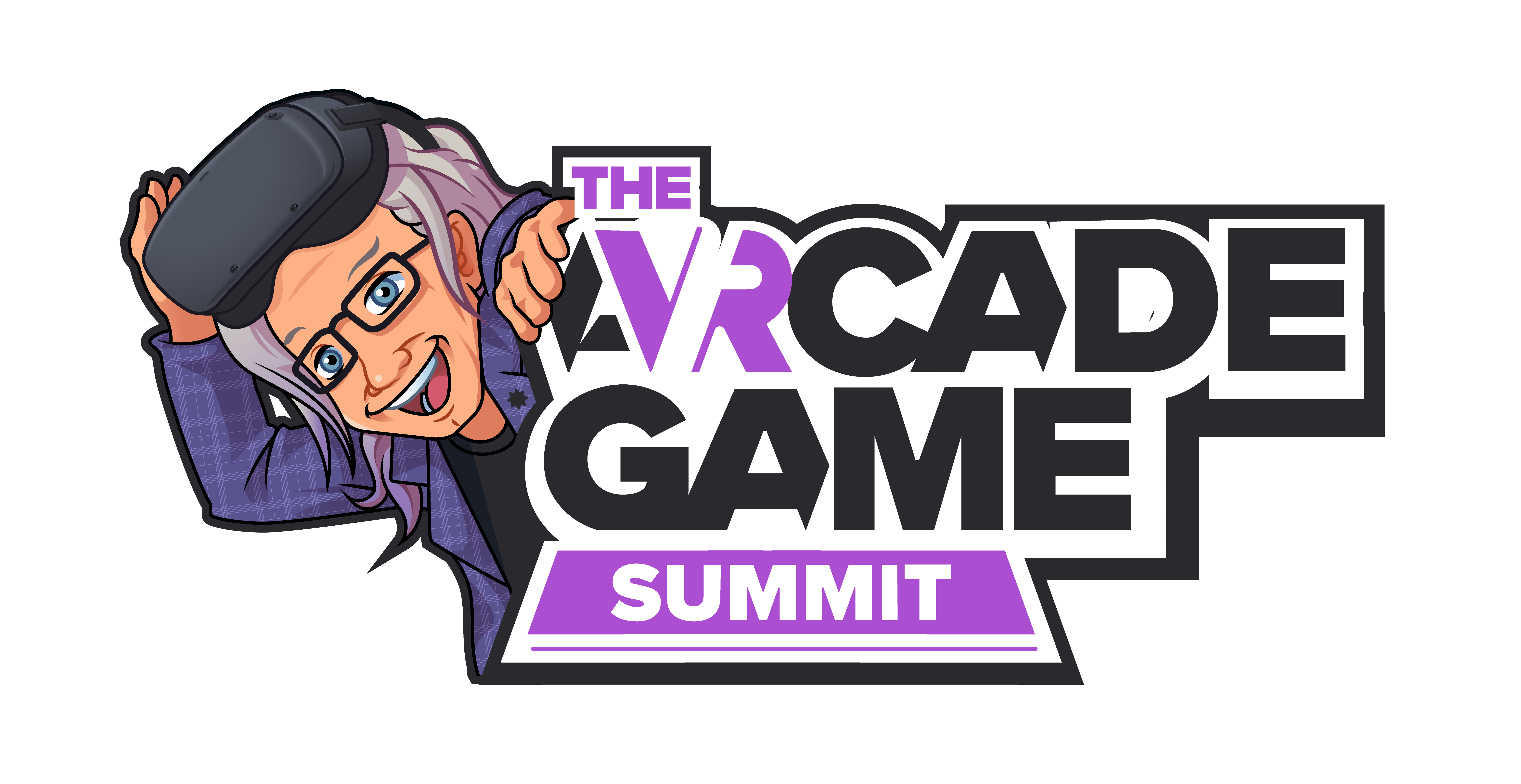
The VR Arcade Game Summit
HTC, Springboard, Hologate, Spree, Hero Zone and more will be at the VR Arcade Game Summit and Amusement Expo in Las Vegas March 27-30. If you want to investigate before you invest, the VR Arcade Game Summit is the only place you can network with 300 or more experienced VR operators, manufacturers and distributors.
This year, the summit will feature user groups from Hologate, Springboard VR and HTC VIVE. There will also be deep dives into VR esports, free roam VR, growth and marketing strategies for arcades and more.
For more information, go to www.vrarcadesummit.com or email bobc@bobcooney.com. See page 62 for a rundown of the sessions planned for this year’s summit.
Bob Cooney is a global speaker, moderator, and futurist covering extended realities and the metaverse. Widely considered the leading expert on VR arcades, his mission is to prepare the industry for the change coming as these and other emerging technologies begin impacting every aspect of our business and lives. He curates the VR Arcade Game Summit at Amusement Expo and the VR Collective distribution alliance as manifestations of that mission. Follow him at www.bobcooney.com.
